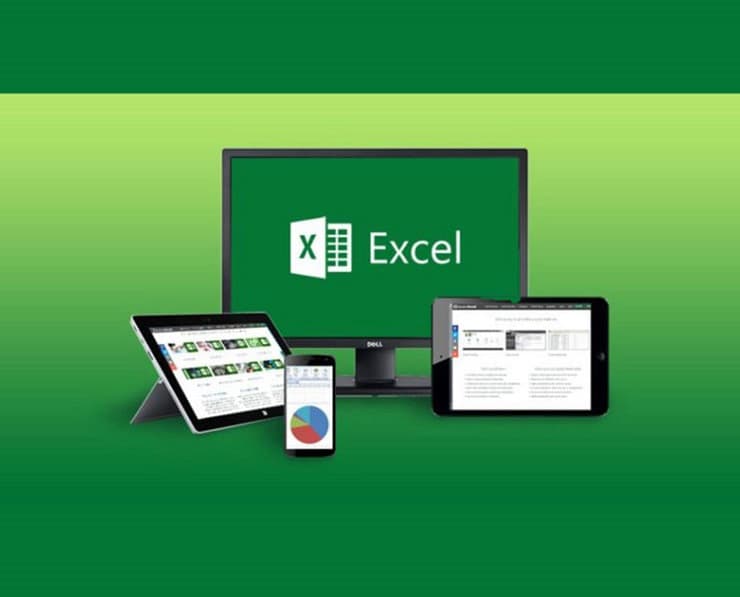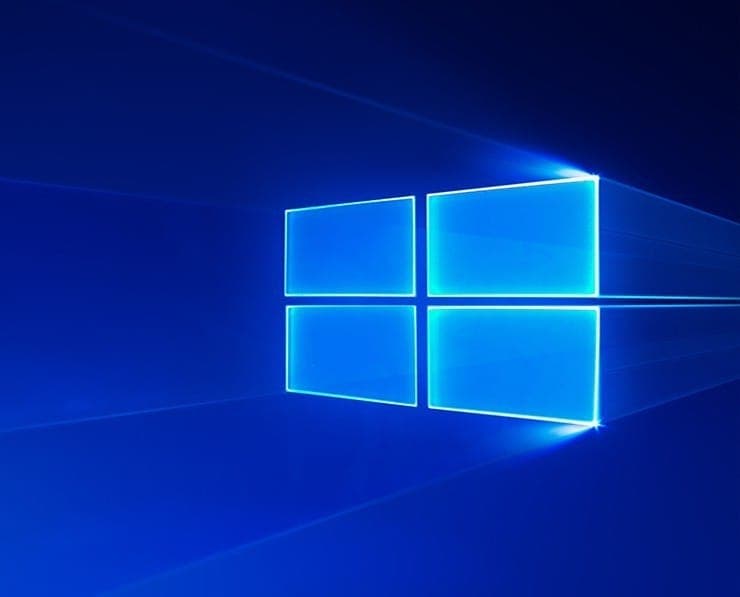Student Feedback
MO-200: Microsoft Excel (Excel and Excel 2019) Certification Video Training Course Outline
Introduction
Level 1, Section 1 - An introduc...
Level 1, Section 2 - Create work...
Level 1, Section 3 - Configure w...
Level 1, Section 4 - Basic formulas
Level 2, Section 1 - Navigate th...
Level 2, Section 2 - Format work...
Level 2, Section 3 - Customise o...
Level 2, Section 4 - Configure E...
Level 2, Section 5- Utilise cell...
Level 3, Section 1 - Insert data...
Level 3, Section 2 - Format cell...
Level 3, Section 3 - Highlight a...
Level 3, Section 4 - Summarise d...
Level 4, Section 1 - Create a table
Level 4, Section 2 - Modify a table
Level 4, Section 3 - Filtering, ...
Level 4, Section 4 - Utilise con...
Level 5, Section 1 - Create a ch...
Level 5, Section 2 - Format a ch...
Level 5, Section 3 - Insert and ...
Level 5, Section 4 - create and ...
Level 5, Section 5 - Format and ...
Introduction
MO-200: Microsoft Excel (Excel and Excel 2019) Certification Video Training Course Info
Gain in-depth knowledge for passing your exam with Exam-Labs MO-200: Microsoft Excel (Excel and Excel 2019) certification video training course. The most trusted and reliable name for studying and passing with VCE files which include Microsoft Excel MO-200 practice test questions and answers, study guide and exam practice test questions. Unlike any other MO-200: Microsoft Excel (Excel and Excel 2019) video training course for your certification exam.
Pay a fraction of the cost to study with Exam-Labs MO-200: Microsoft Excel (Excel and Excel 2019) certification video training course. Passing the certification exams have never been easier. With the complete self-paced exam prep solution including MO-200: Microsoft Excel (Excel and Excel 2019) certification video training course, practice test questions and answers, exam practice test questions and study guide, you have nothing to worry about for your next certification exam.













